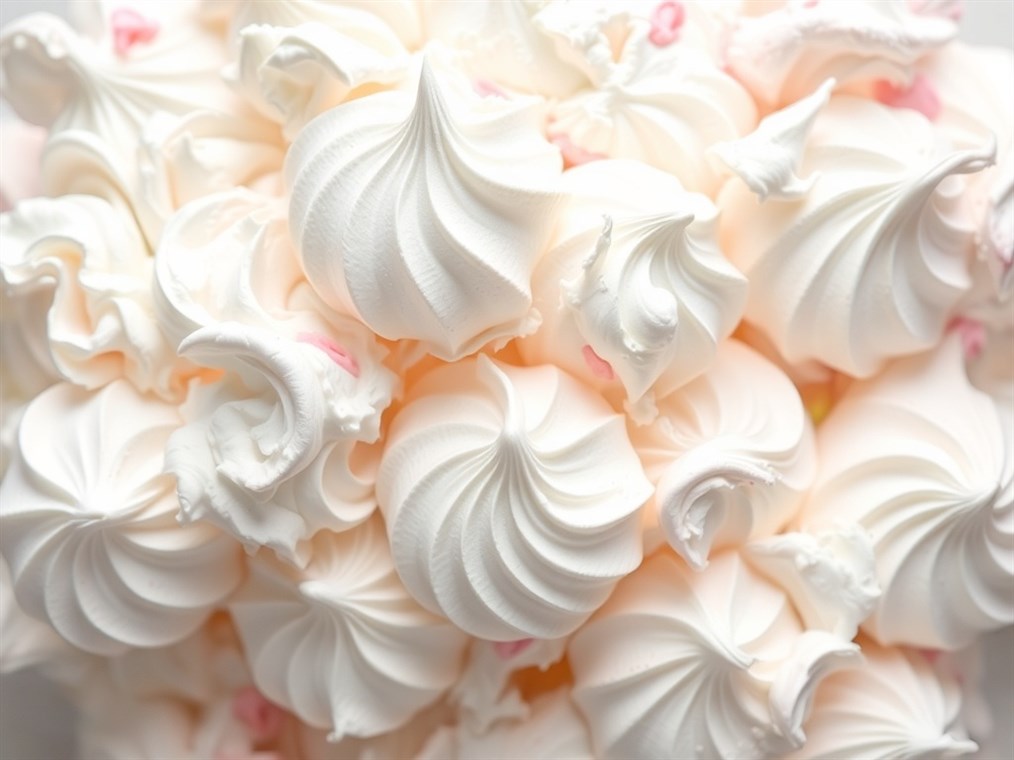Meringue Mayhem: Have You Ever Gone Too Far with Your Egg Whites?
Meringues. Those ethereal, melt-in-your-mouth clouds of sugary goodness. They seem so simple, right? Just egg whites and sugar. But anyone who’s attempted a meringue knows there’s a fine line between airy perfection and utter disaster. And one question haunts every baker: can you actually overbeat those egg whites?
Well, let me tell you, you absolutely can. I’ve been there, done that, got the deflated meringue to prove it! Understanding what happens when you take your whisking a little too far is key to meringue mastery. Trust me.
The Egg White Rollercoaster: From Liquid to Dreamy
Think of whipping egg whites as a journey. It’s not just about beating them senseless; it’s about understanding the stages they go through.
First, you’ve got the foamy stage. It’s all bubbly and light, like a bubble bath for your eggs. Then comes soft peaks. Imagine gently swirling your whisk and watching those peaks droop over like a sleepy puppy’s ears. This is perfect for folding into pancakes or waffles – hello, fluffy breakfast!
Next up, firm peaks. They’re a bit more assertive, holding their shape with a slight curve at the tip. And finally, the holy grail: stiff peaks. These stand tall and proud, a testament to your whisking prowess. The meringue should be glossy, smooth, and ready to become something amazing.
The Dark Side of Overbeating: Where Things Go Wrong
So, what happens if you get carried away? If you keep whipping past that stiff peak stage, you’re heading for trouble. I’m talking dry, grainy, sad meringue trouble.
Overbeating leads to a dry and grainy texture. Instead of that silky sheen, you’ll see a curdled mess, maybe even tiny granules clinging to the bowl. Yuck! It also causes a loss of volume. All that lovely air you whipped in? Gone. Poof! And the worst part? An unstable foam. The whole thing can collapse, leaving you with a watery, separated mess. It’s not a pretty sight.
Why Does This Happen? The Science-y Bit
Okay, let’s get a little technical, but I promise to keep it simple. Beating egg whites is all about creating a protein network that traps air. But overbeating is like overworking a muscle. The protein bonds get too tight, they break down, and the whole structure crumbles. Think of it like a balloon that’s been inflated too much – eventually, it pops.
SOS! Can You Save Overbeaten Whites?
Don’t throw in the towel just yet! Sometimes, you can rescue overbeaten egg whites. The trick? Gently fold in a fresh, uncooked egg white. It sounds weird, I know, but it can help reintroduce some moisture and elasticity. Mix it in carefully until you see those smooth peaks forming again. But be gentle! You don’t want to overbeat them again.
Meringue Mindfulness: How to Avoid the Overbeat
Honestly, the best strategy is to avoid overbeating in the first place. Here are a few tips I’ve learned over the years:
- Start slow, finish strong: Begin whipping on low, then gradually increase the speed.
- Eyes on the prize: Watch those whites like a hawk. Stop when you see stiff, glossy peaks.
- Test, test, test: Stop the mixer and check the peaks regularly.
- Sugar, sugar, slowly: Add sugar gradually, after the soft peak stage.
- A little help from your friends: A pinch of cream of tartar or a squeeze of lemon juice can stabilize the whites.
Extra Meringue Wisdom
- Fresh is best: Use the freshest eggs you can find.
- Room service: Let your egg whites come to room temperature.
- Cleanliness is key: Make sure your bowl and whisk are squeaky clean.
- Yolk alert: Avoid getting any yolk in the whites.
- Weather or not: Humidity can be a meringue’s worst enemy.
So, there you have it. The secret to meringue success isn’t just about following a recipe; it’s about understanding the delicate dance of egg whites and air. With a little practice and these tips, you’ll be whipping up meringue masterpieces in no time. Happy baking!

